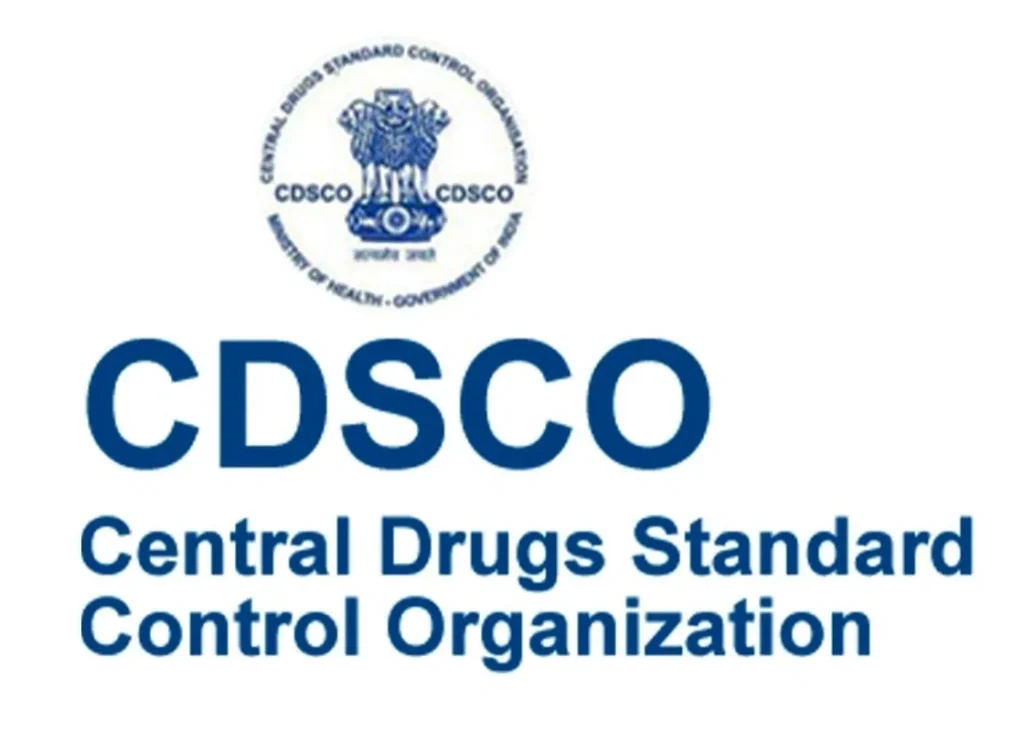
Australia Enforces UDI Regulations – New Era for Device Traceability Begins
Australia’s Unique Device Identification (UDI) regulations are now in effect, marking a significant step in improving traceability, post-market surveillance, and patient safety. Sponsors and manufacturers must comply with TGA’s phased implementation approach based on device risk class.
Read more at: TGA’s UDI Implementation

ISO 11137-1:2025 Released – Key Revisions in Radiation Sterilization Requirements
The 2025 edition of ISO 11137-1 has been officially published, introducing updated requirements for the development, validation, and control of radiation sterilization processes for medical devices. Manufacturers using gamma, electron beam, or X-ray sterilization must align with the revised guidance.

Read more at: ISO 11137-1:2025
SAHPRA to Mandate ISO 13485 Certification from April 2025
Read more at: SAHPRA Official Communication
South Africa’s SAHPRA has announced that ISO 13485 certification will be mandatory for medical device establishment licences starting 1 April 2025. This move strengthens regulatory oversight and aligns South Africa with global quality standards in medical device manufacturing.

EU Adds 5 New Harmonized Standards Under MDR
The European Commission has expanded the list of harmonized standards under the MDR with Implementing Decision (EU) 2025/681. The additions cover sterile packaging, single-use gloves, and patient transport equipment, reinforcing compliance pathways for manufacturers.
Read more at: Implementing Decision (EU) 2025/681

Team-NB Publishes Key Position Papers on MDR, IVDR & AI Regulation Compliance

On 14 April 2025, Team-NB—the European Association of Medical Devices Notified Bodies—released three major position papers supporting regulatory compliance for medical device and IVD manufacturers in the EU.
- MDR Technical Documentation – Version 3: Provides updated best practices for preparing and submitting Annex II & III documents. Read here
- IVDR Certification Process: Offers detailed guidance on submission requirements across all certification stages. Read here
- AI Act and Notified Bodies – Version 2: Highlights the need for harmonised designation of NBs for high-risk AI systems. Read here
These documents aim to clarify expectations, support smoother reviews, and promote regulatory consistency across the EU.
CDSCO Advances Regulatory Reforms for Medical Devices in India

India’s Central Drugs Standard Control Organization (CDSCO) is reinforcing its commitment to streamlined compliance with two key updates:
- CDSCO Modernizes Online System, Requires Certificate Re-Submissions
Manufacturers must now re-submit Market Standing and Non-Conviction certificates through the upgraded SUGAM portal to ensure business legitimacy and regulatory transparency
Read More : Market Standing Update
- CDSCO Issues Revised Draft on Risk Classification for Cardio & Neuro Devices
A new draft classification list outlines updated risk levels for 553 cardiovascular and neurological devices under MDR 2017—enhancing clarity, alignment with international standards, and patient safety.
Read More : Risk Classification Draft
These efforts aim to simplify regulatory pathways while upholding safety and quality standards.
Johnson & Johnson’s OTTAVA™ Robot Enters Surgical Suites

Johnson & Johnson MedTech has completed its first clinical procedures using the much-anticipated OTTAVA™ Robotic Surgical System. Designed for enhanced surgical flexibility and improved workflow, this marks a major step in J&J’s surgical robotics journey and signals growing competition in the MedTech robotics space.
Read more : Explore the Innovation
Omron and Tricog Launch AI-Powered Cardiac Platform

Omron Healthcare has teamed up with Tricog to introduce an AI-driven platform aimed at early detection and management of cardiac conditions. This collaboration blends Omron’s monitoring expertise with Tricog’s AI diagnostics to improve heart health outcomes across India and beyond.
Read more: Explore the Innovation
FDA Safety Alerts & Recalls: Important Notices

- Early Alert: Intravascular PICC Catheter Issue from BD
BD notifies healthcare providers of potential issues with its PICC catheters, which may impact device integrity or performance during vascular access.

- Bausch + Lomb Voluntarily Recalls Select Intraocular Lenses in the U.S.
Due to lens opacification concerns, Bausch + Lomb recalls specific lots of enVista Aspire™, enVista Envy™, and enVista® Monofocal lenses.

- Early Alert: Diagnostic Intravascular Catheter Concern from Conavi
Conavi flags performance issues with specific intravascular imaging catheters used in diagnostics, prompting healthcare provider notifications.
Q: We have a US FDA 510K approved medical device. We are contemplating some change in the labelling. Should we submit a new 510K.

A: The decision to submit a new 510K would depend on the outcome of a risk assessment that is done to evaluate the nature of the change. A significant change in the risk profile of the device would likely require a new 510K submission. Typical examples of labelling changes that would likely require a new 510K submission are:
- Change in indications for use can require a new 510(k) submission if it introduces new risks or significantly modifies existing risks.
- Labelling changes from prescription to over-the-counter use necessitate a new 510(k) due to expanded user scope.
- Adding precautions or limitations in labelling may require documentation or a new 510(k) based on risk assessments.
If the change is considered less significant, a ‘Note to File’ may be sufficient to document the change and the rationale for not needing a new 510(k).
Read more at: US FDA Guidance
Got a question about regulatory filings, compliance steps, or QMS challenges? Drop it to our experts — we’ll break it down, clear it up, and guide you through
The Unique Device Identification (UDI) system is more than just a regulatory requirement-it’s a game-changer for patient safety, supply chain transparency, and recalls
- Who was the first to implement UDI regulations for medical devices?
- Which global regulatory authorities have UDI requirements in place?
Why does this matter?
A standardized UDI system means faster recalls, reduced medical errors, and global device traceability. Compliance isn’t optional-it’s the future.
Unlock the answer—head over to our LinkedIn post now!

Global Conference on Pharma Industry and Medical Devices 2025
Meet global experts discussing trends, regulations, and innovation in pharma and medtech.

24–25 May | Berlin, Germany
India Med Expo 2025
Explore India’s largest medtech expo featuring devices, diagnostics, and regulatory talks.

23–25 May | Greater Noida, Delhi-NCR



